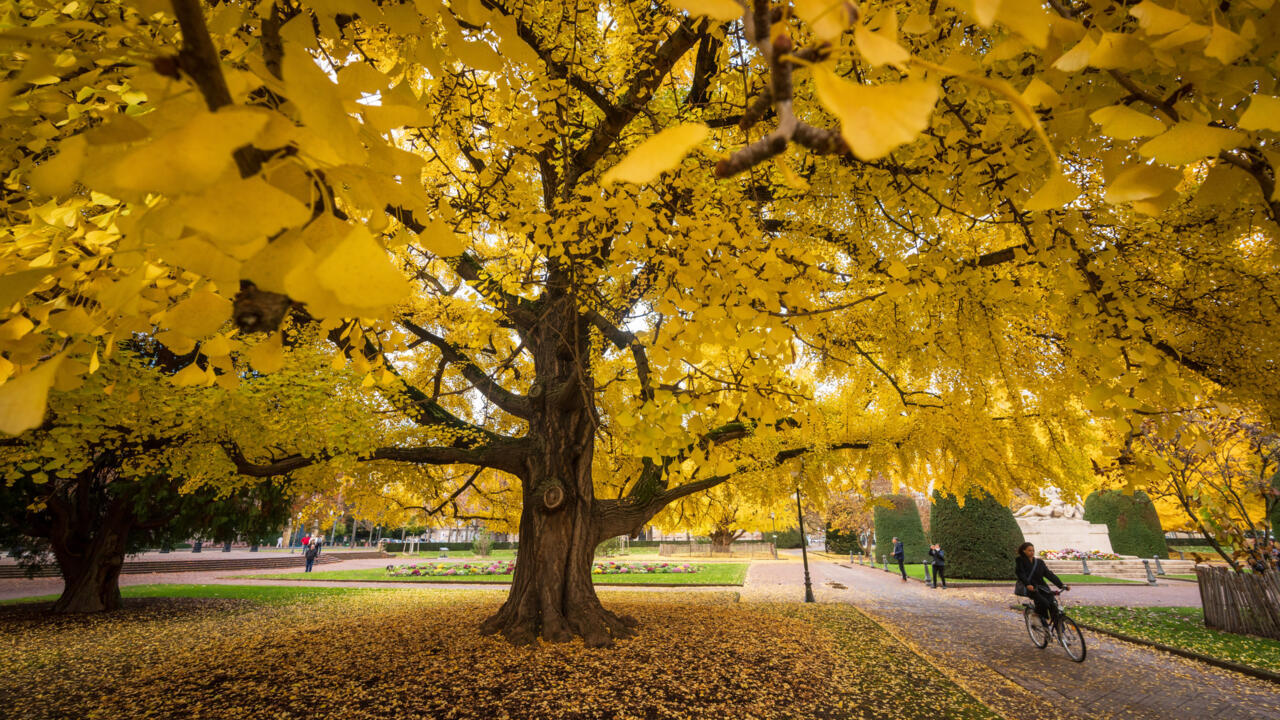The warning came in the Global Tree Assessment, contained in an update of the International Union for Conservation of Nature (IUCN) Red List of Threatened Species.
The report said over 16,000 tree species are at risk of extinction. More than 47,000 species were assessed for the study, out of an estimated 58,000 species thought to exist in the world.
Trees are felled for logging and to clear land for farming and human expansion. Climate change poses an additional threat through worsening drought and wildfires. The numbers are not merely symbolic. People “rely on tree species for food, timber, fuels (and) medicines,” expert Emily Beech told AFP.
Over 5,000 of the species on the IUCN Red List are used for construction timber, and more than 2,000 species for medicines, food and fuels.
Species at risk include the horse chestnut and ginkgo, both used for medical applications, the big leaf mahogany used in furniture making, as well as several ash, magnolia and eucalypt species, said Beech, head of conservation prioritization at Botanic Gardens Conservation International (BGCI), which contributed to the tree assessment.
According to the IUCN report, the number of trees at risk is “more than double the number of all threatened birds, mammals, reptiles and amphibians combined.”
In South America, which boasts the greatest diversity of trees in the world, 3,356 out of 13,668 assessed species are at risk of extinction. Many species on the continent, home to the Amazon jungle, have likely not even been discovered yet.
It called for forest protection and restoration through tree planting as well as the conservation of species dying out through seed banks and botanic garden collections. More than 1,000 experts contributed to the assessment.


